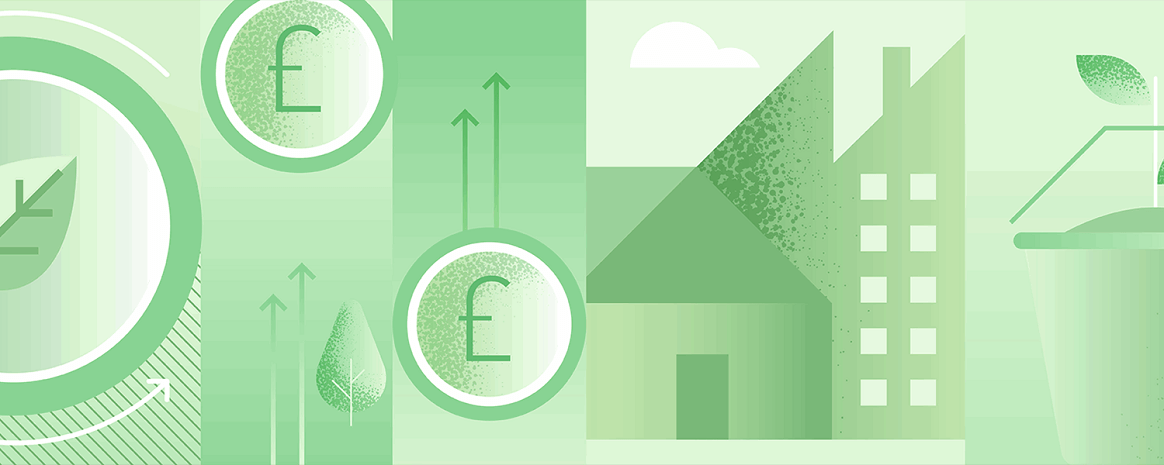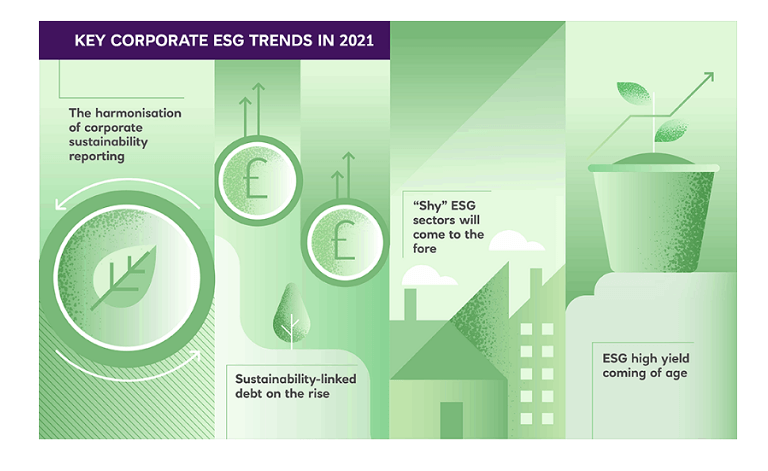It’s well known that for many years, companies and investors have had to navigate a range of different sustainability reporting frameworks, standards and surveys – commonly referred to as the ESG “alphabet soup” because of all the acronyms involved.
To combat this, standard-setters have been working together to harmonise ESG disclosure requirements. In 2019, for example, the Corporate Reporting Dialogue launched the Better Alignment Project, a collaboration between the Carbon Disclosure Project (CDP), a charity that runs a global disclosure system for environmental impacts, the Climate Disclosure Standards Board (CDSB), the Global Reporting Initiative (GRI), the International Integrated Reporting Council (IIRC), and the Sustainability Accounting Standards Board (SASB) to drive better alignment of sustainability reporting frameworks.
In 2020, the SASB and the GRI announced a new collaboration to “help stakeholders better understand how the standards may be used concurrently”. During the year we also saw the World Economic Forum release a consultation paper entitled Toward Common Metrics and Consistent Reporting of Sustainable Value Creation. The paper, developed in collaboration with the ‘Big 4’ accounting firms and drawing on some of the standards we referred to above, proposes two related sets of ESG metrics, and is likely to help standardise ESG reporting across sectors.
We’ve also seen increasing efforts by regulators to encourage companies to report on their climate risk exposures. Most notably, the UK has announced its ambition to make disclosures aligned with the Task Force on Climate-related Financial Disclosures (TCFD) mandatory across the economy by 2025, with most of the requirements in place by 2023.
As pressure grows on companies to report on their material sustainability and climate-related financial risks, there’s also a clear need to ensure that their reporting is consistent. We believe standards will continue to converge, and that we’ll also see greater demand from stakeholders for better and more transparent sustainability disclosures.



